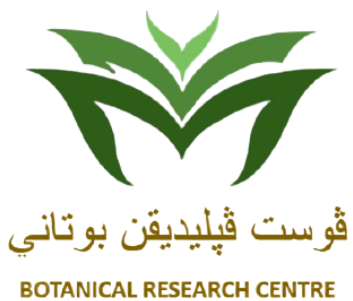Aloe vera (L.) Burm.f.
Barbados Aloe / Lidah buaya (Bru.)
Perennial succulent herb that can rise up to 1 m tall. Leaves are thick, fleshy, erect and pale green with white spots on both surfaces. Leaf blade is linear lanceolate, acute at apex with spiny margin. Stems are short, often suckering and forming dense clumps. Inflorescence a terminal raceme with each flower being pendulous. Flowers are numerous, yellowish-golden and tubular. Fruit a capsule that contains
Rhizome decoction is made into a tea- like beverage along with Kaempferia galangal (Cakur), Zingiber officinale (Halia), Curcuma longa (Kunyit biasa) and Curcuma zedoaria (Tamu lawak) to strengthen the body and womb, to gain stamina and against intestinal cancer. Local healers also believed the plant can provide protection of a house by burning off the rhizomes and roots. Antioxidant, antimutagenic, antiulcerogenic, anxiolytic, smooth muscle relaxation, antimicrobial, neuropharmacological and anthelmintic
It is commonly found at the edge of hills and in lowland dipterocarp forests. It is a host plant for Rafflesia spp.
Stem cutting and seeds.
Probably native to Bangladesh, India or Sri Lanka, but is also found in Africa, Arabia, and Southeast Asia.
None





